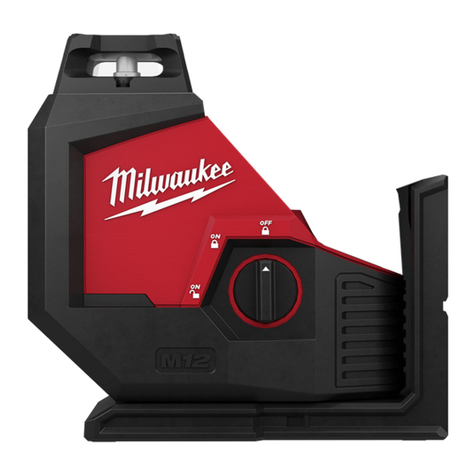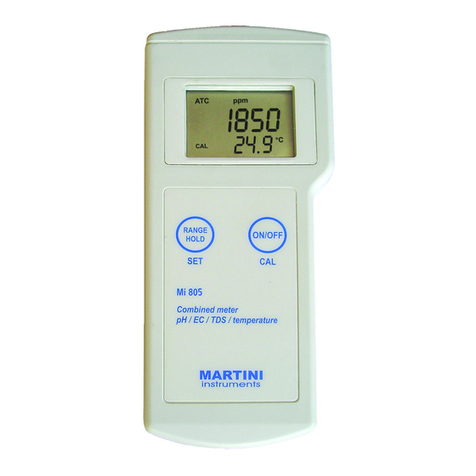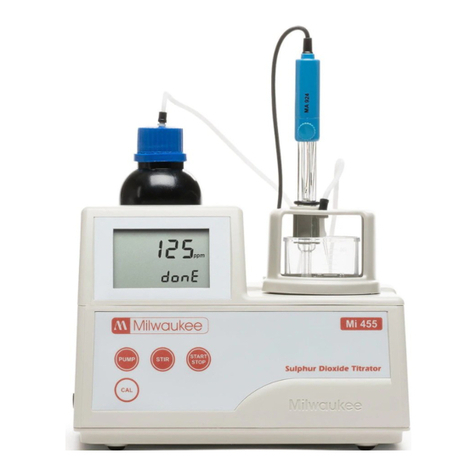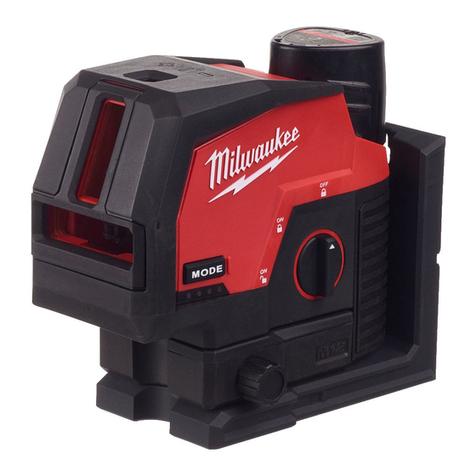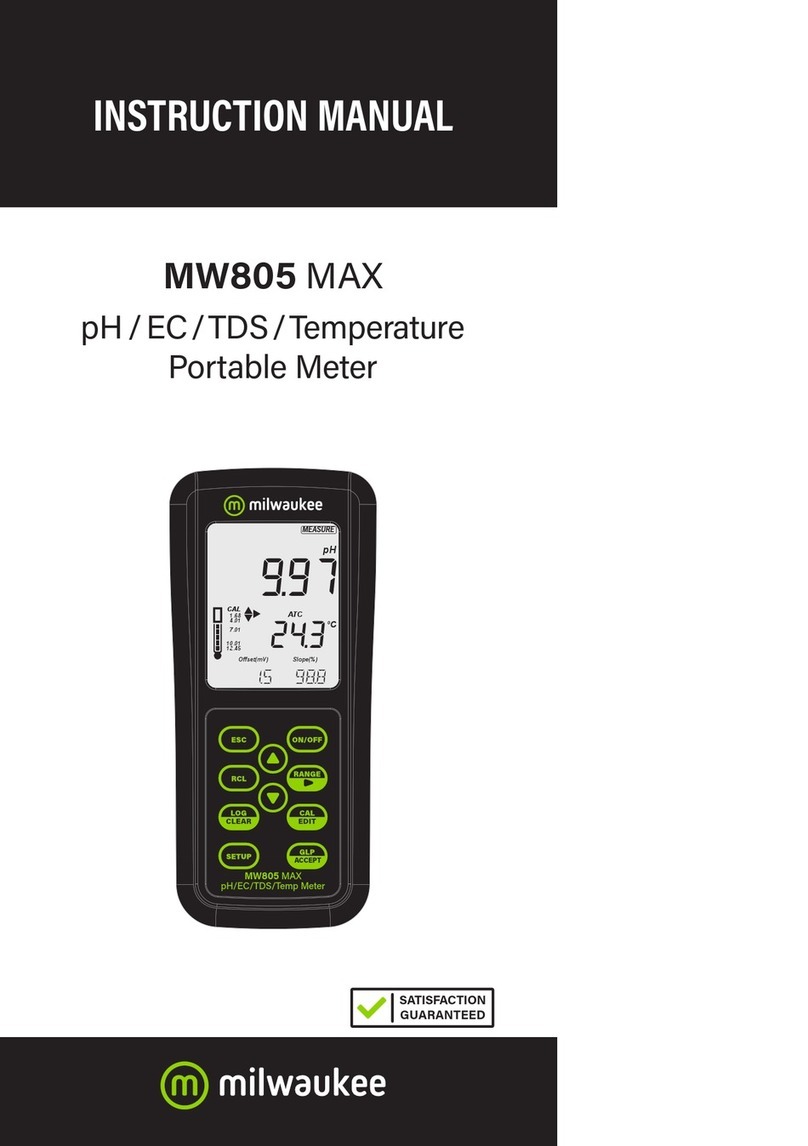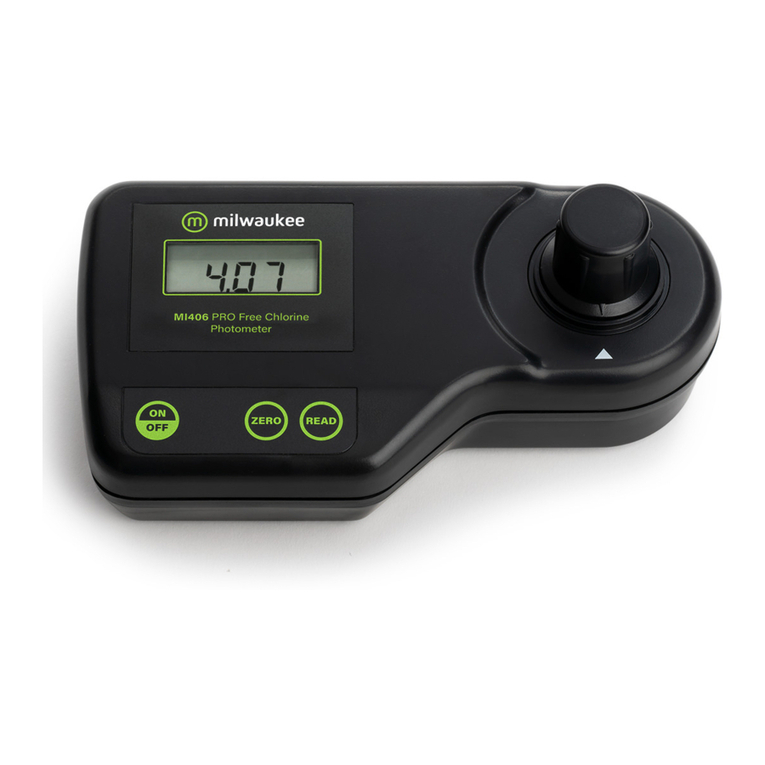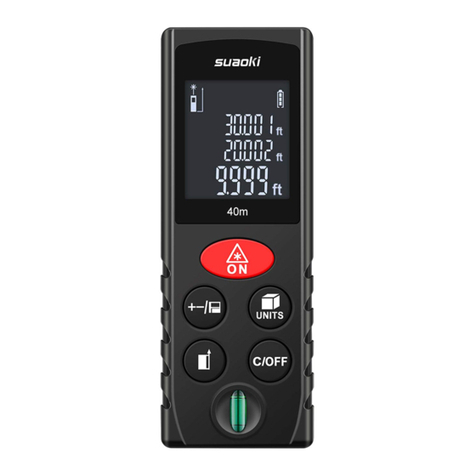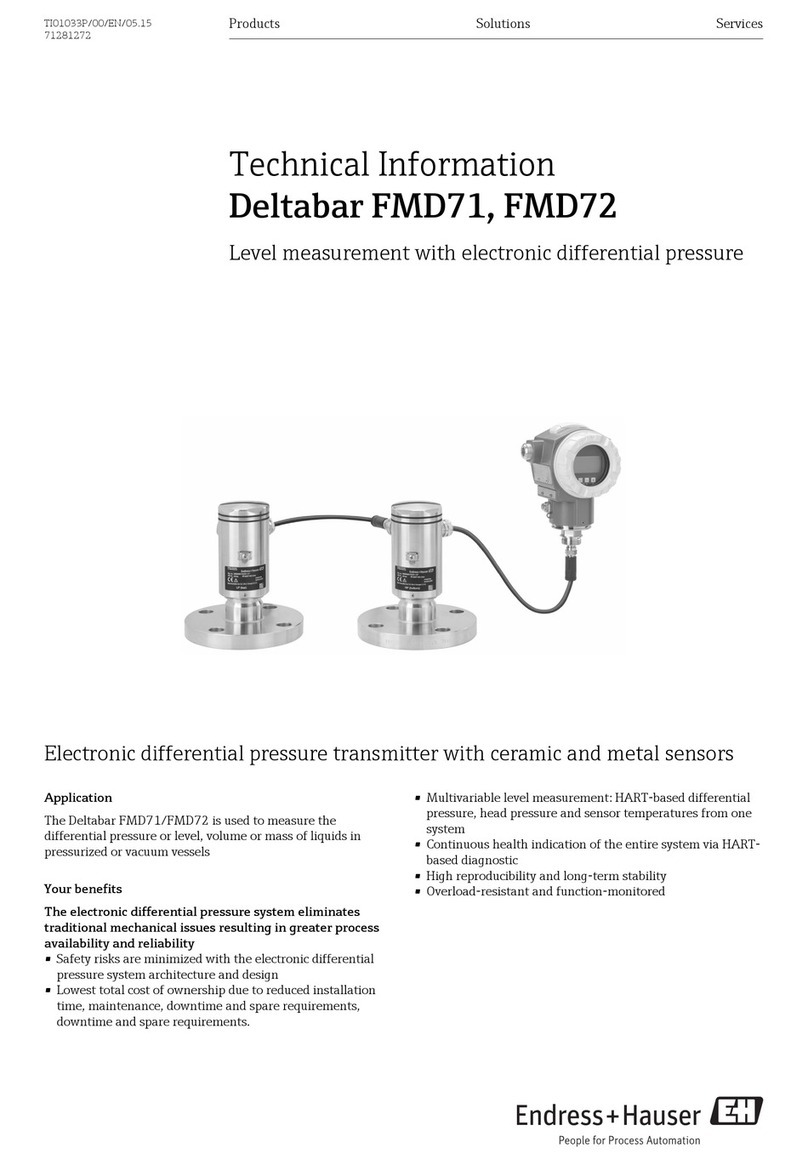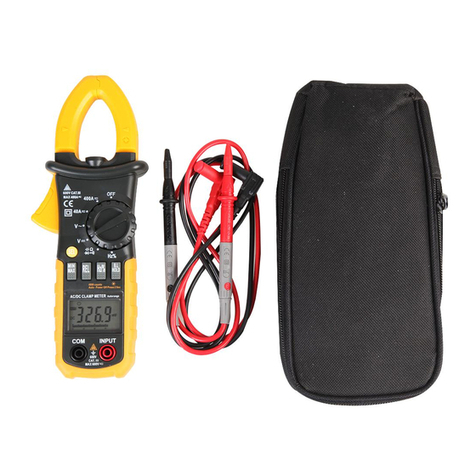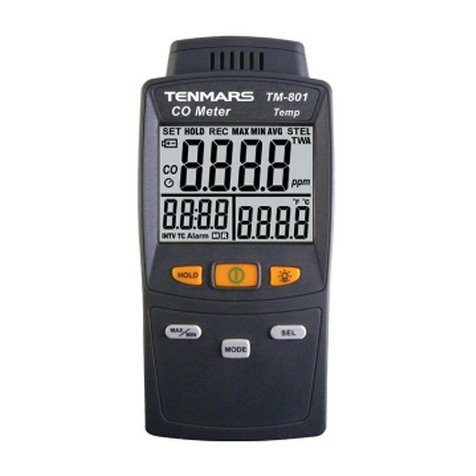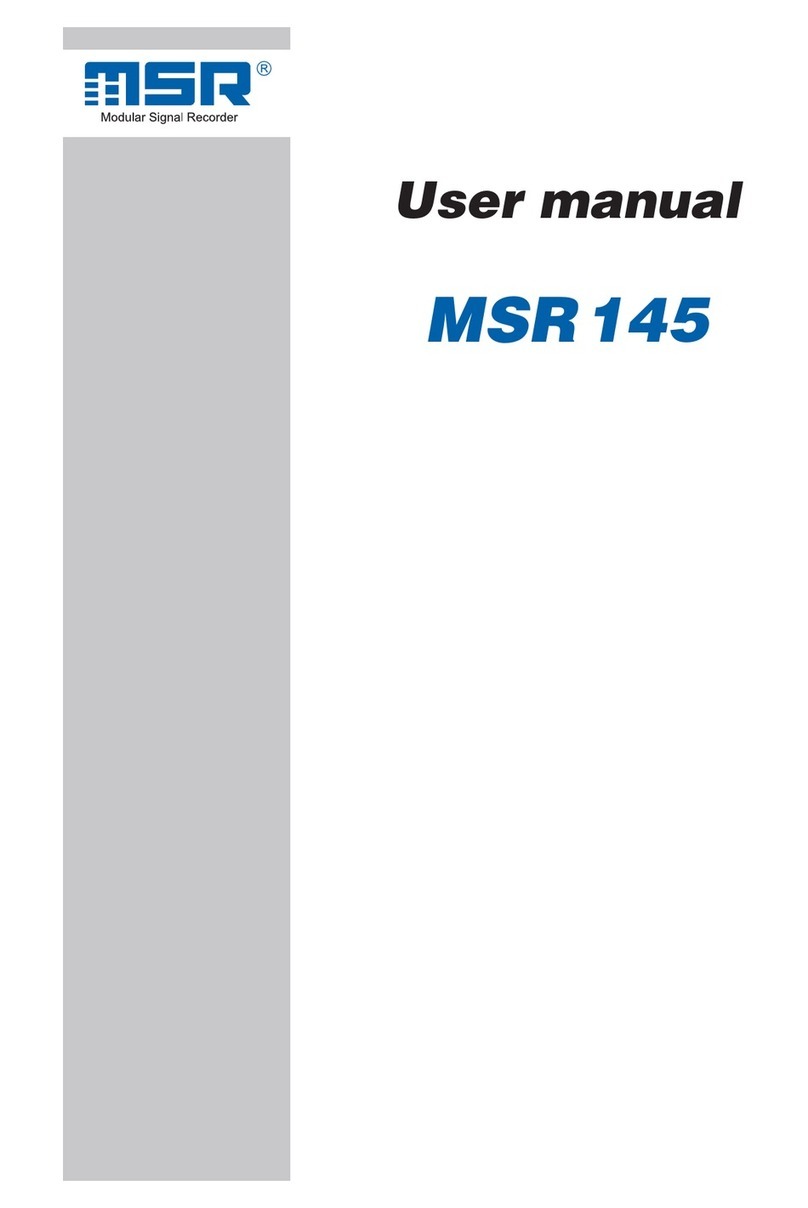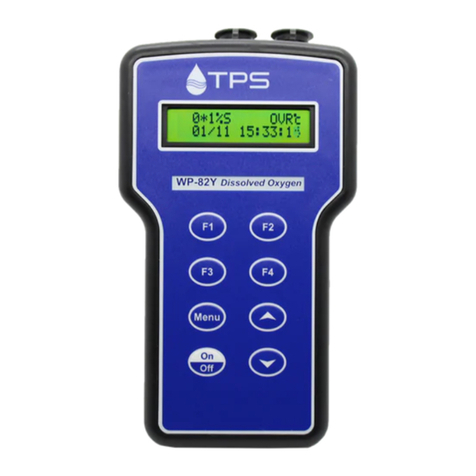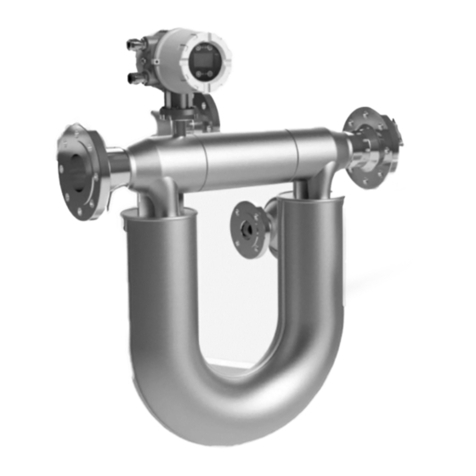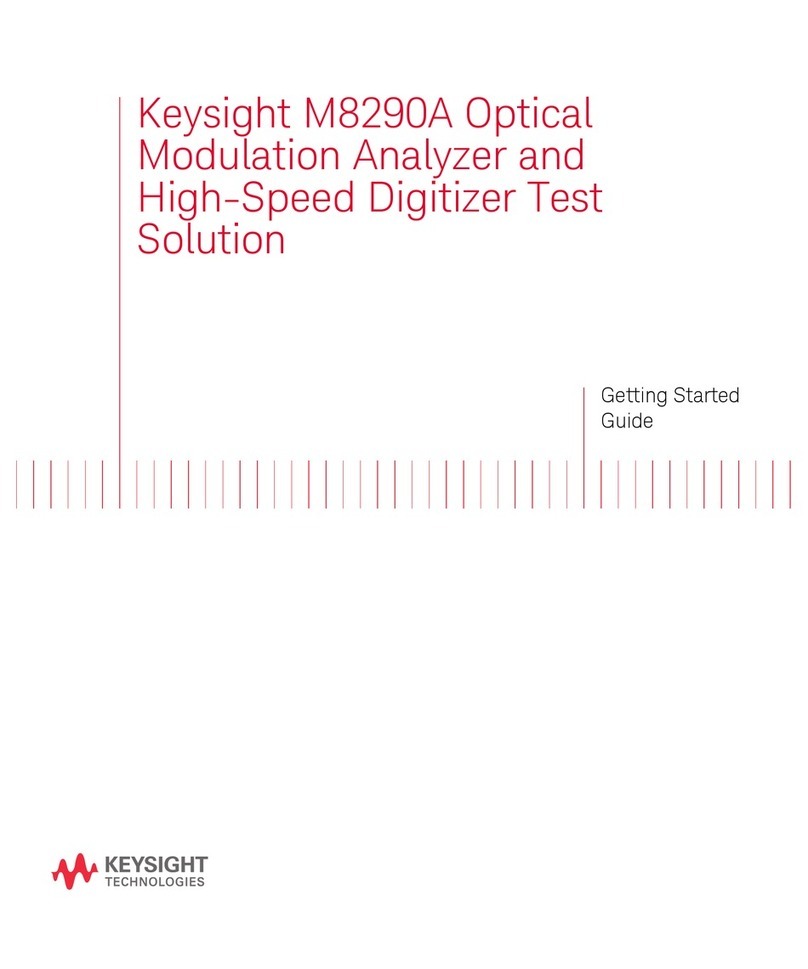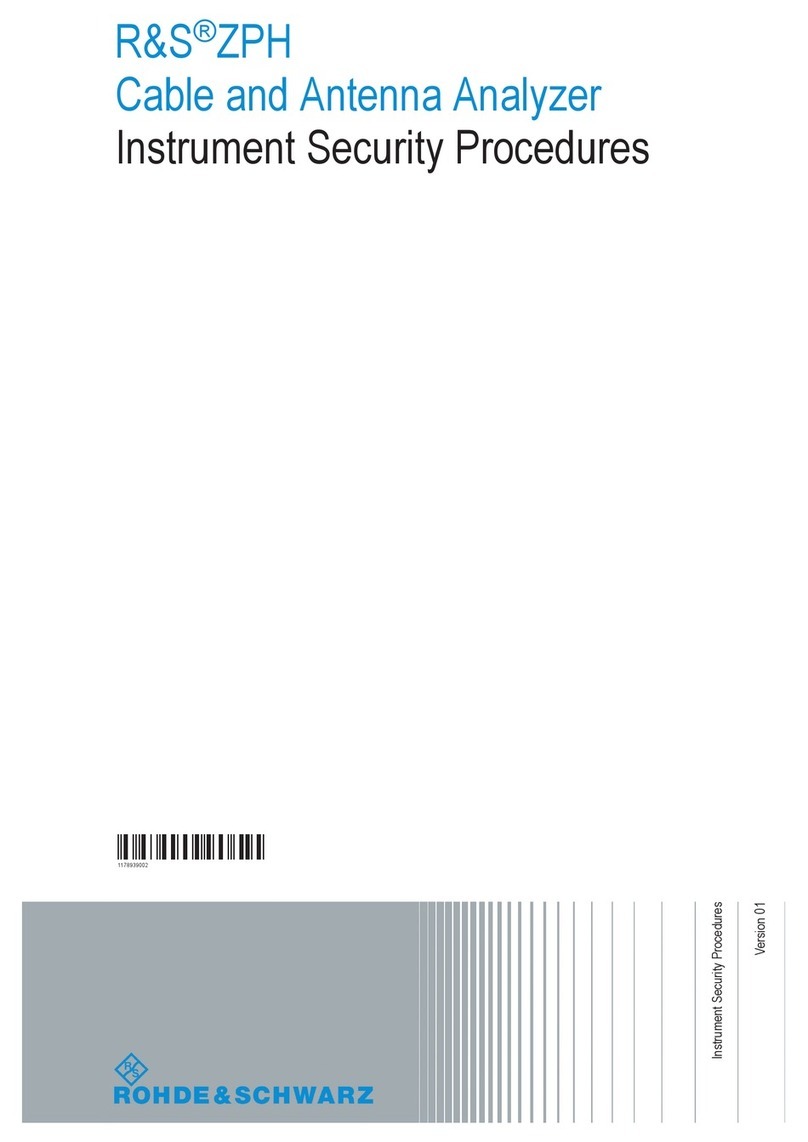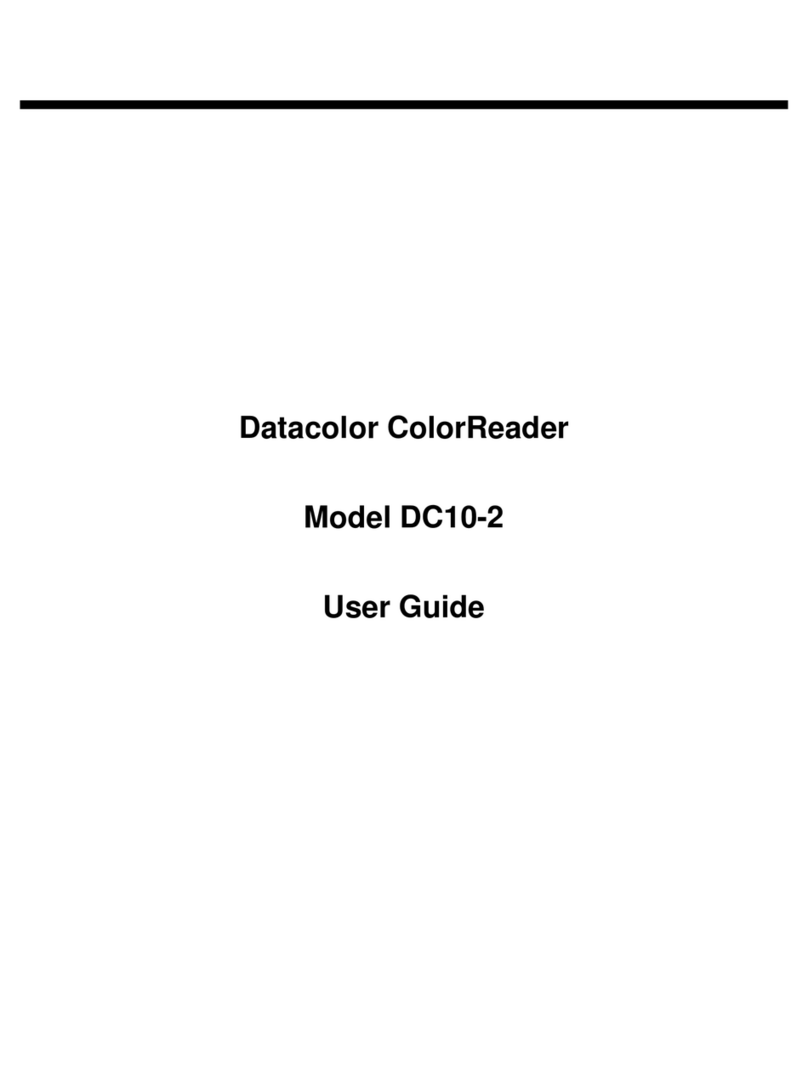
23
IMPORTANT SAFETY
INSTRUCTIONS
PERSONAL SAFETY
LASER SAFETY
WORK AREA SAFETY
BATTERY USE AND CARE
SERVICE
WARNING READ ALL SAFETY WARNINGS AND INSTRUCTIONS.
Failure to follow the warnings and instructions may result in electric
shock, fire and/or serious injury. Save these instructions - This operator’s
manual contains important safety and operating instructions for the
MILWAUKEE Laser Distance Meter. Before using the Laser Distance Meter,
read this operator’s manual and all labels on the Laser Distance Meter.
• Laser light- Donot stareinto beamor
view directlywithoptical instruments.
Do not point laser light at others.
Laser light can cause eye damage.
• Avoid exposure to laser radiation.
Laser may emit hazardous radiation.
• Donot pointlaser atreflectivesurfac-
es. Unpredictable results may occur.
• Keep children and bystanders away
whileoperating LaserDistanceMeter.
Store idleLaser DistanceMeter outof
the reachof childrenand donot allow
persons unfamiliar with the tool or
these instructions to operate it.
• Avoid dangerous environments.
Do not use in rain, snow, damp or wet
locations. Do not use in the presence
of explosive atmospheres (gaseous
fumes, dust or flammable materials)
because sparks may be generated
when inserting or removing batteries,
possibly causing fire.
• Do not overreach. Keep proper foot-
ing and balance at all times. This
enables better control in unexpected
situations.
• This tool is designed to be powered
by 2-AAAbatteries properly inserted
into the MILWAUKEE Laser Distance
Meter. Do not attempt to use with any
other voltage or power supply.
• Do not leave batteries within the
reach of children.
• Do not mix new and used batteries.
Do not mix brands (or types within
brands) of batteries.
• Do not mix rechargeable and non-
rechargeable batteries.
• Install batteries accordingto polarity
(+ / –) diagrams.
• Properly dispose of used batteries
immediately.
• Do not incinerate or dismantle bat-
teries.
• Under abusive conditions, liquid
may be ejected from the battery,
avoid contact. Ifcontact accidentally
occurs, flush with water. If liquid
contacts eyes, additionally seek
medical help. Liquid ejected from the
battery may cause irritation or burns.
parts. This will ensure that the safety
of the tool is maintained.
• Do not disassemble. Incorrect reas-
sembly may result in the risk of electric
shock or fire. If it is damaged, take it to
a MILWAUKEE service facility.
• Store in a cool, dry place. Do not
storewheretemperaturesmayexceed
158°F(70°C)such as in direct sunlight,
a vehicle or metal building during the
summer.
• Stay alert, watch what you are do-
ing and use common sense when
operating Laser Distance Meter. Do
not use while you are tired or under
the influence of drugs, alcohol or
medication. A moment of inattention
may result in serious personal injury.
HAZARDS OF USE
dust free glass, Styrofoam or similar
semi-permeable surfaces.Aiming at
high gloss surfaces may deflect the
laserbeam and lead to measurement
errors.
Range 0.16' to 197' *
(0.05 m to 60 m) *
Measuring accuracy typically 0.059" *
(1.5 mm) *
Smallest unit displayed 1/16" (1 mm)
Laser type Class 2
Max power < 1 mW
Laser wavelength 632 nm
Protection level IP 54, dust-proof,
splash-proof
Automatic power OFF-
Laser after 1 min
Automatic power OFF-
Display after 3 min
Display Backlight yes
Fold out end bracket yes
Battery usage 2 AAA
Battery life up to 5000
measurements
Dimension 4.5" x 2" x 1.1"
(114 x 51 x 27
mm)
Weight 4.2 oz (120 g)
Storage
Temperature range -13°F to 158°F
(25°C to 70°C)
Operation
Temperature range 32°F to 104°F
(0°C to 40°C)
TECHNICAL
SPECIFICATIONS
* In difficult conditions, with intense sunshine,
a poorly reflecting target surface or at high
temperatures, the deviation over distances
about 32' (10 m) can increase by +0.006"
(+0.15 mm) per meter.
• Have your Laser Distance Meter
serviced by a qualified repair person
using only identical replacement
• Do not remove or deface labels.
Maintain labels and nameplates.
These carry important information.
If unreadable or missing, contact a
MILWAUKEE service facility for a free
replacement.
• Watch out for erroneous distance
measurements if the meter is defec-
tive or if it has been dropped or has
been misused or modified. Carry out
periodictest measurements.Particularly
after the meter has been subject to ab-
normaluse, andbefore, duringandafter
importantmeasurements.Makesurethe
optic is kept clean and that there is no
mechanical damage to the bumpers.
• In using the meter for distance mea-
surements or forpositioning moving
objects (e.g. cranes, building equip-
ment, platforms, etc.) unforeseen
events may cause erroneous mea-
surements. Only use this product as
a measuring sensor, not as a control
device. Your system must be config-
ured and operated in such a way, that
incaseofanerroneousmeasurement,
malfunction of the device or power
failuredueto installed safety measures
(e.g. safety limit switch), it is assured
that no damage will occur.
• Target Surfaces- Measuring errors
can occur when measuring toward
colourless liquids (e.g. water) or





